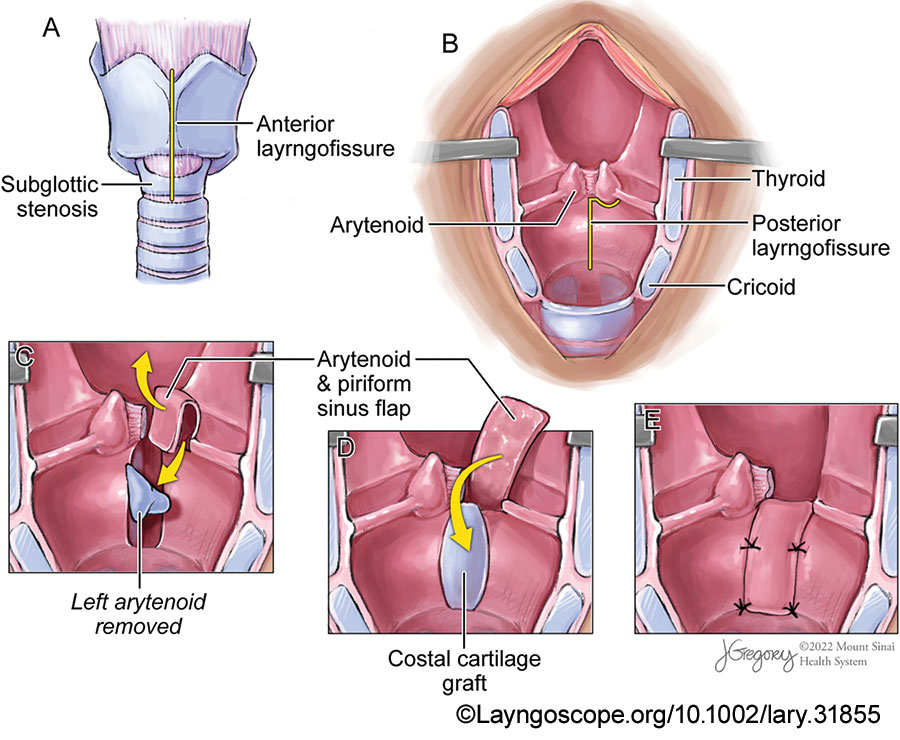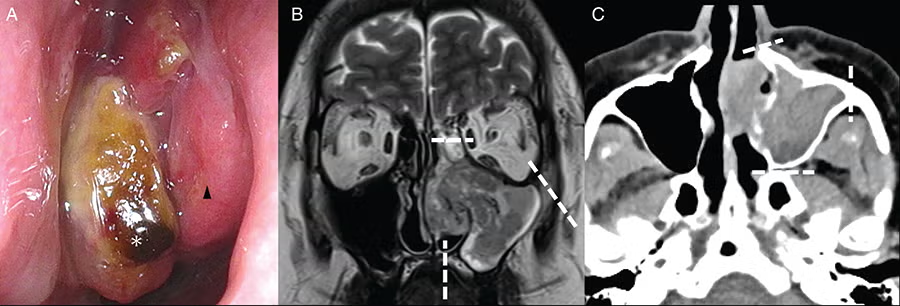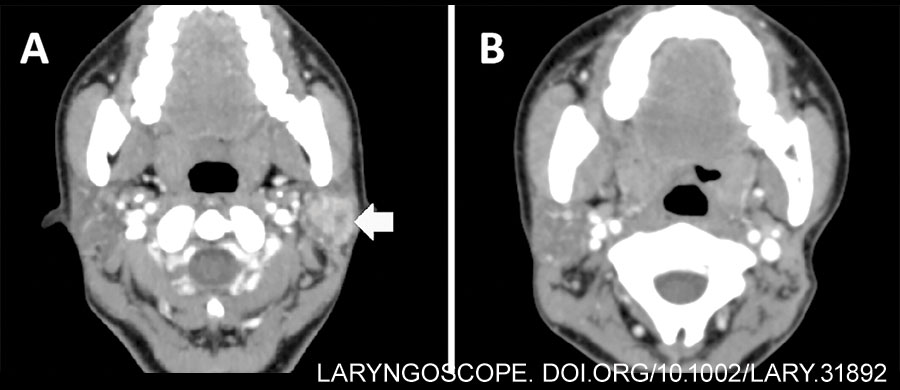Does the type of pre-operative nodal biopsy influence the risk of ENE in patients with p16-positive OPSCC, and is it associated with adjuvant therapy type?

Questions on NIH Funding Leave ENT Researchers Pondering Next Steps and Leaving Everything Up in the Air
With the Trump administration interrupting research at academic medical centers, court fights over the proposal of a 15% cap on the indirect rate, diversity research de-funded, and a proposal that would cut the NIH budget by 40%, traditionally robust federal support for medical research in the U.S. has eroded, and the research community shows little confidence that this will change in the short term.

Changing Perspectives: Why ENT Surgeons Should Consider Nerve Reconstruction
We should consider our patients as more than just cases. They are people whose lives will be forever impacted by nerve loss, who will have lifelong issues with eating, speaking, and expressing themselves.

Endoscopic Ear Surgery: Advancements and Adoption Challenges
Scan the literature on transcanal endoscopic ear surgery (TEES) and you’ll find a host of benefits for the procedure when it is compared with its microscope-guided counterpart, including enhanced visualization, superior training, and reduced post-operative complications, to name just a few. Coupled with recent equipment advances, such as thinner, more flexible endoscopes and ones that combine cutting and suctioning for enhanced bleeding control, it’s clearly an exciting time for TEES.

How To: Open Expansion Laryngoplasty for Combined Glottic and Subglottic Stenosis
Expansion laryngoplasty is a new, combined procedure that can treat both glottic and subglottic stenosis simultaneously. This is a small case series showing how to perform this surgery, as well as outcomes from 15 years.
How to: Pediatric Endoscopic Transsphenoidal Skull Base Approach and Closure: Technique and Technical Tips
The authors review their pediatric EESS technique in patients with intra-operative high flow cerebrospinal fluid leak, with a focus on details that differ from adult transsphenoidal surgery technique.
New Parotidectomy Quality of Life Index Poised to Help Improve Clinical Practice
What is the potential value of a newly developed Parotidectomy Quality of Life Index (PQOL) in addressing the multidimensional nature of patient-centered outcomes from this procedure?

How To: Endoscopic Total Maxillectomy Without Facial Skin Incision
This study presents a pioneering report on an endoscopic-assisted total maxillectomy that allows for en bloc resection without a facial skin incision.

How To: Full Endoscopic Procedures of Total Parotidectomy
The authors presented the surgical procedures of full endoscopic total parotidectomy followed by the sternocleidomastoid muscle flap transplantation via a short postauricular hairline incision and reported patient outcomes to evaluate the feasibility and efficacy of this novel approach.
American Head and Neck Society Reviews Recommendations on Surgical Management of the Neck in Patients with Oral Cancer
What are the current recommendations regarding surgical management of the neck in patients with oral cancer, specifically in regard to the indications and extent of dissection required in patients with oral cavity squamous cell carcinoma (SCC)?
- 1
- 2
- 3
- …
- 43
- Next Page »